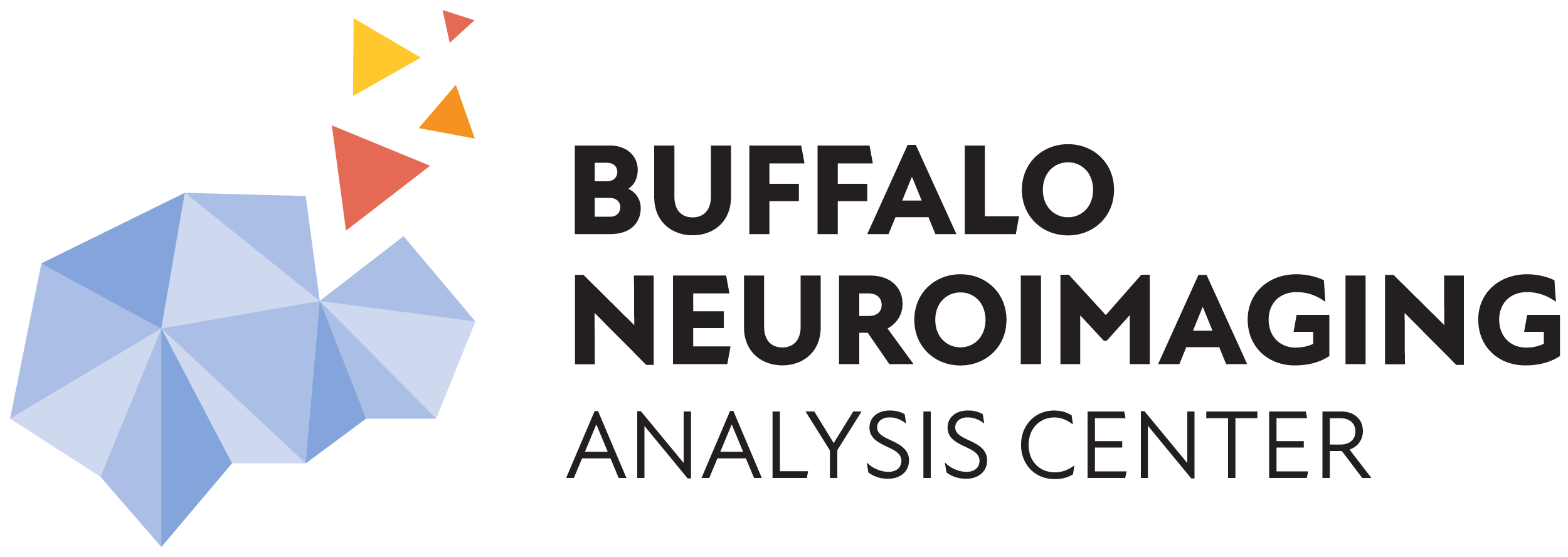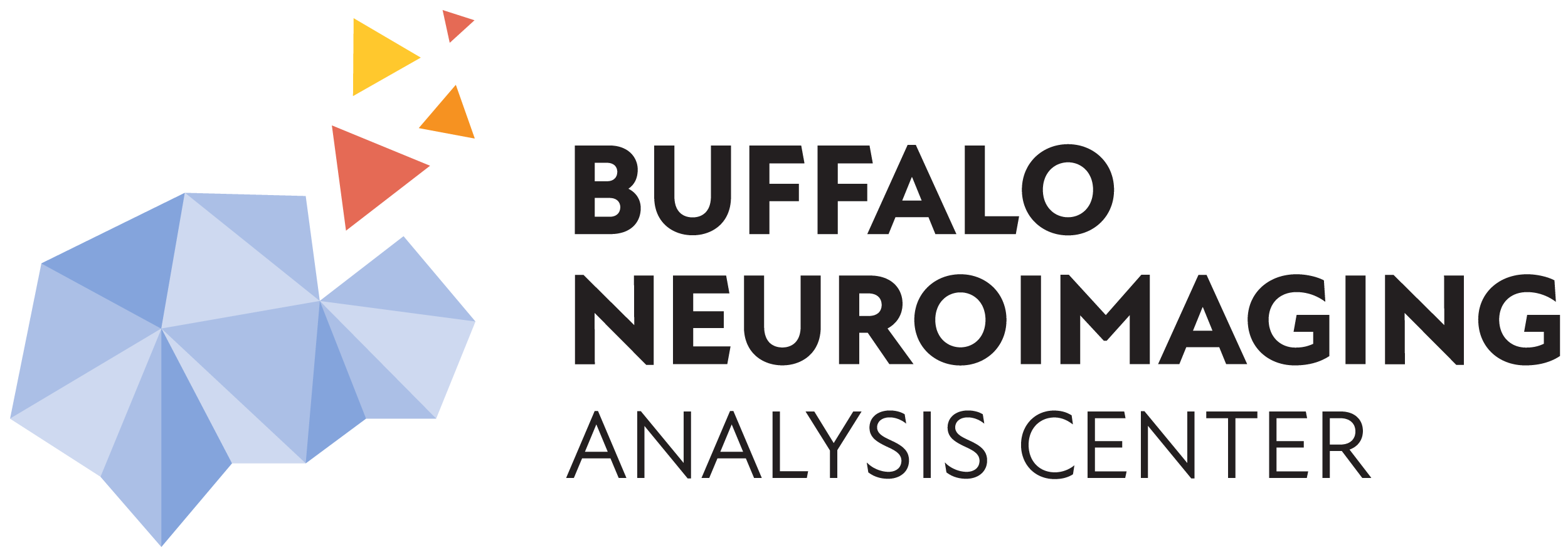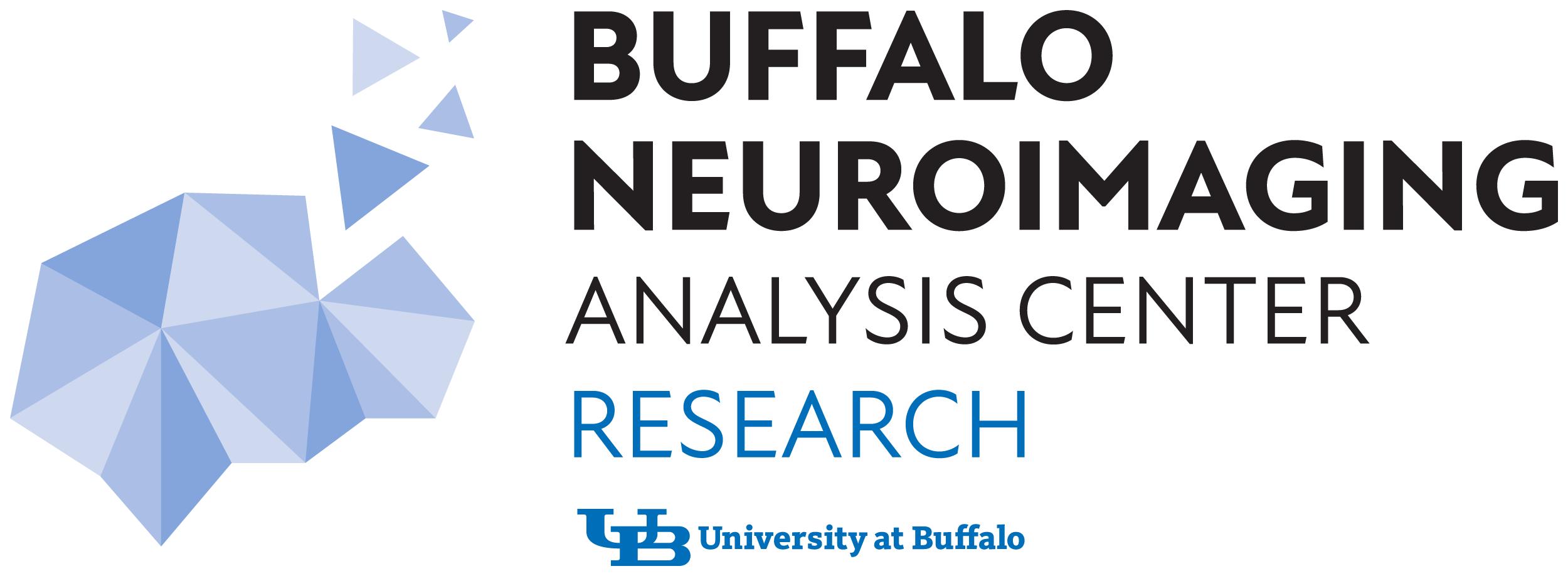Redefining What’s Possible: Expanding MS Research to Include those Most Disabled
BNAC Showcases Global Collaborations at ECTRIMS 2025 in Barcelona
Tom Fuchs: Transforming MS Progression Research
New Publication: IRONMAP – A Novel Tool for Tracking Brain Iron Changes
We are excited to announce a new publication in Multiple Sclerosis and Related Disorders
Exciting news! Our team just published new research in the Journal of Neurology
New Research Highlights Imaging Differences in Severe Forms of MS
BUFFALO NEUROIMAGING REMEMBERS PAUL BRONFMAN
BNAC PhD Students Receive Prestigious Awards for Global Research Excellence
The Buffalo Neuroimaging Analysis Center (BNAC) proudly celebrates several of its PhD students who have received national and international recognition for their outstanding contributions to neuroimaging and multiple sclerosis (MS) research.
The Steady Heart of BNAC: Recognizing Cheryl Kennedy’s Continuing Impact
For over 15 years, Cheryl Kennedy has been a driving force behind BNAC’s clinical excellence. From navigating international trials to ensuring ethical integrity, she has shaped our research culture through a rare blend of precision, integrity, and leadership.
Meet Tracie Jensen Jacquemin
BNAC spotlights Tracie Jensen Jacquemin, founding member of our Advisory Council. Tracie offers advice on living with Progressive Multiple Sclerosis.
Click the title of this NEWS article to READ MORE.
BNAC at ACTRIMS Forum 2025
BNAC demonstrated a strong presence at the 2025 ACTRIMS Forum. The team shared innovative work spanning a wide range of MS research including neuroimaging phenotyping, lymphatic system dysfunction, proteomics, and connectome vulnerability. A platform presentation about the team's landmark secondary analysis of ORATORIO trial showed how artificial intelligence and advanced post-processing techniques were used to detect cortical lesions.
UB studies on MS patients reveal how paramagnetic rim lesions evolve, what they mean for disease progression
New multiple sclerosis study results revealed
Researchers from the University at Buffalo revealed their findings on Wednesday morning from a study focusing on people living with multiple sclerosis both here in Buffalo and in Boston, Massachusetts.
UB researchers report findings from first studies of patients with rare severe MS
A UB research program that is investigating what causes some people with multiple sclerosis to experience severe and aggressive disease is beginning to shed light on how their disease differs from those with mild to moderate MS.
Severe MS: UB Researchers Report Findings on Patients With Rare Form of Disease
Initial findings from UB’s Comprehensive Assessment of Severely Affected MS (CASA-MS), reveal that some of the so-called “gold standards” of MS monitoring are inadequate for patients with severe disease and that novel methods of assessing these people can be more effective
Advisory Council Spotlight: Mitch Sturgeon
Explore an insightful conversation with BNAC Advisory Council member Mitch Sturgeon as he opens up about his personal journey living with Multiple Sclerosis (MS), and why he felt inspired to join the BNAC Advisory Council.
Researcher Spotlight: Alexander Bartnik, Ph.D.
A recent graduate of the University at Buffalo’s Neuroscience program, Alexander Bartnik, PhD. is a member of BNAC’s leadership team, serving as IT Unit Director in addition to his involvement in BNAC’s Neuroinformatics Development Lab and Core Lab. His expertise lie in neuroinformatics and the development of novel tools to facilitate the translation of neuroimaging research into clinical practice.
Artificial Intelligence: Moving With the Speed of Light Into Medical Research and Practice
What is the role of AI in multiple sclerosis (MS) management? Is this technology poised to replace the jobs of neurologists and neuroradiologists?
A BNAC research team receives $1.77 million NIH grant to study oxygen metabolism in multiple sclerosis.
A team led by a BNAC faculty member, Junghun Cho, Assistant Professor in Biomedical Engineering and Neurology, has been awarded a five-year, $1.77 million Research Project Grant (R01) from the National Institutes of Health.



